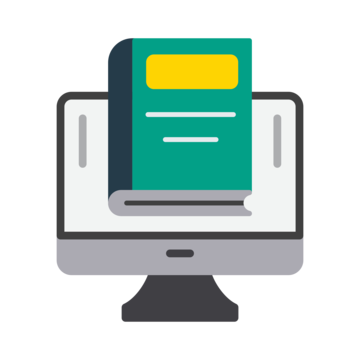Free IAPP CIPT Exam Questions
Become IAPP Certified with updated CIPT exam questions and correct answers
What is an example of a just-in-time notice?
Which of the following would be the best method of ensuring that Information Technology projects follow Privacy by Design (PbD) principles?
Under the Family Educational Rights and Privacy Act (FERPA), releasing personally identifiable information from a student's educational record requires written permission from the parent or eligible student in order for information to be?
In jurisdictions where children are legally protected online, privacy controls should be implemented in each of the following situations EXCEPT?
© Copyrights DumpsCertify 2025. All Rights Reserved
We use cookies to ensure your best experience. So we hope you are happy to receive all cookies on the DumpsCertify.


